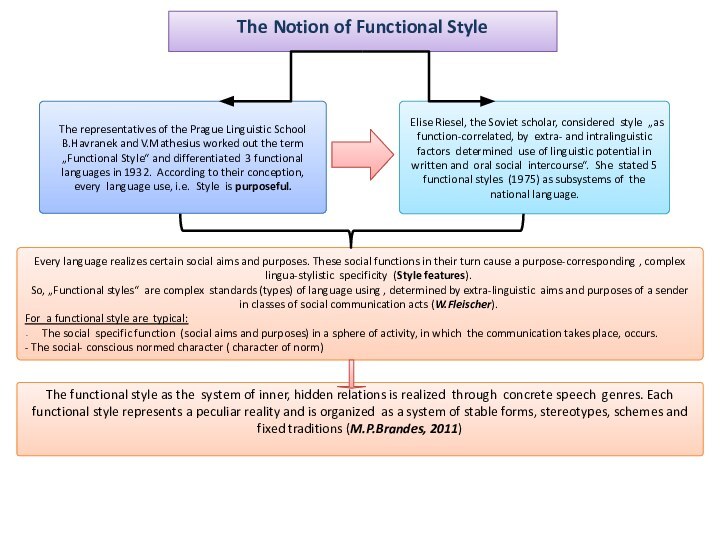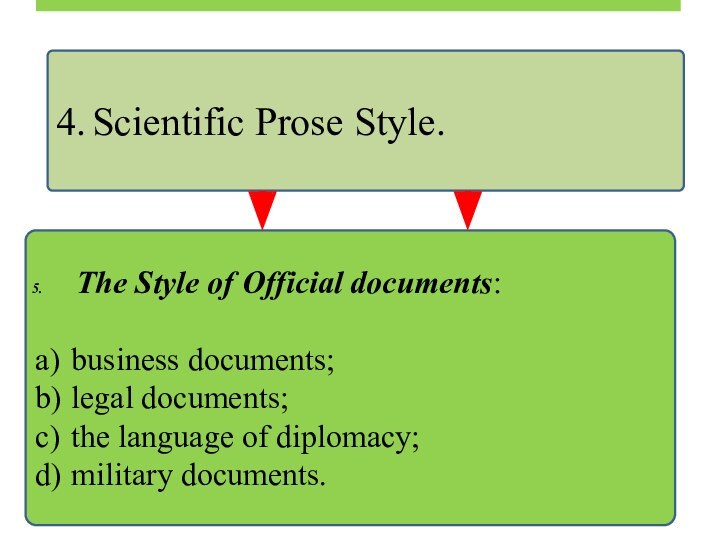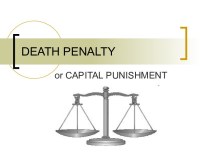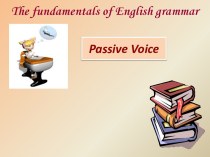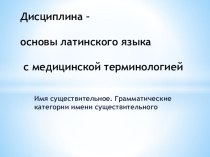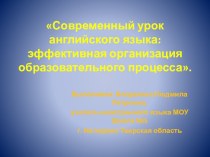includes types of thinking differentiating poetic and straightforward language,
oral and written speech, and ultimately, bookish and colloquial functional types of language. The next problem is stylistics of 'speech activity' connected with social stereotypes of speech behaviour. Morokhovsky defines this in the following way: «Stereotypes of speech behaviour or functional styles of speech activity are norms for wide classes of texts or utterances, in which general social roles are embodied—poet, journalist, manager, politician, scholar, teacher, father, mother, etc.»
According to Morokhovsky's approach language as a system includes types of thinking differentiating poetic and straightforward language, oral and written speech, and ultimately, bookish and colloquial functional types of language. The next problem is stylistics of 'speech activity' connected with social stereotypes of speech behaviour. Morokhovsky defines this in the following way: «Stereotypes of speech behaviour or functional styles of speech activity are norms for wide classes of texts or utterances, in which general social roles are embodied—poet, journalist, manager, politician, scholar, teacher, father, mother, etc.»


